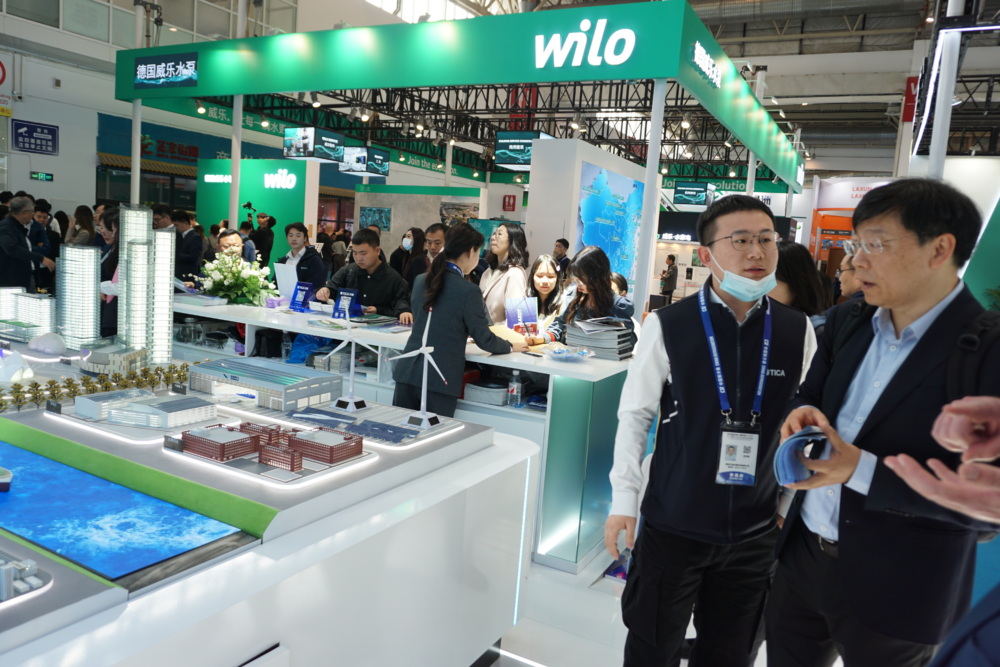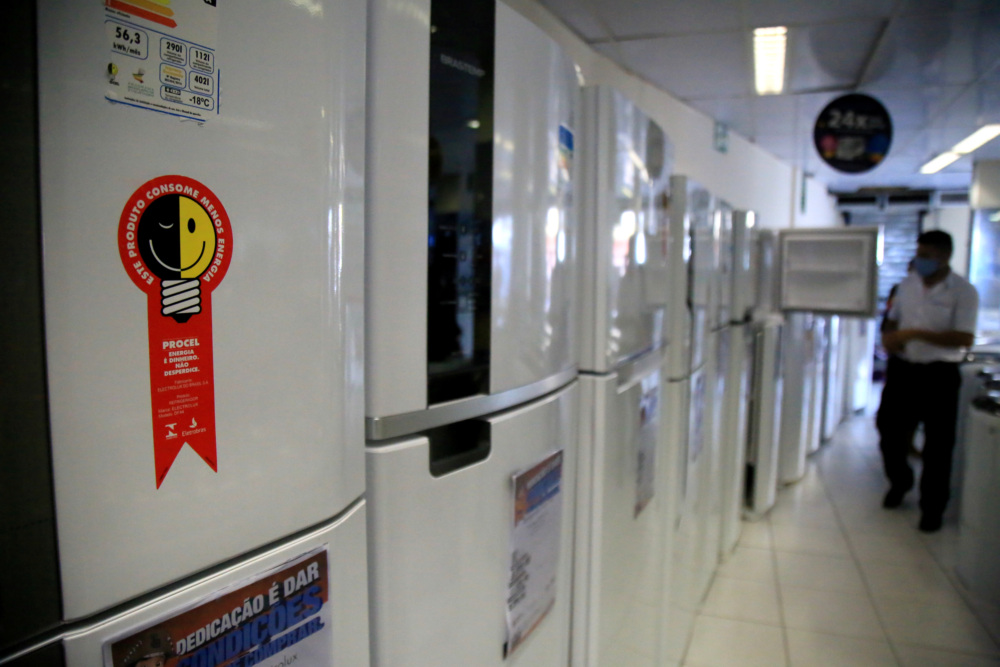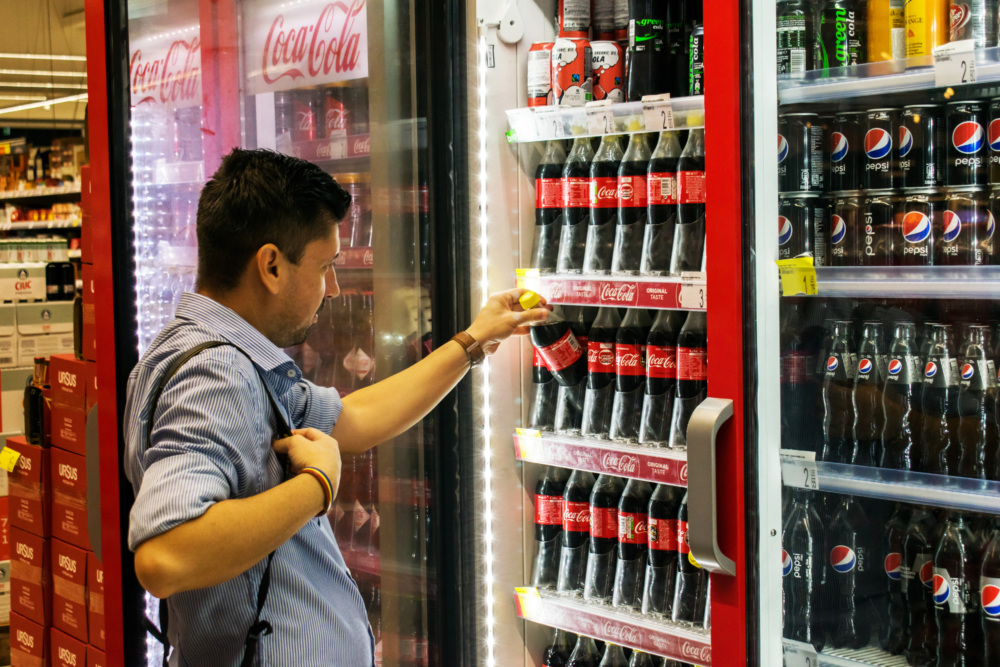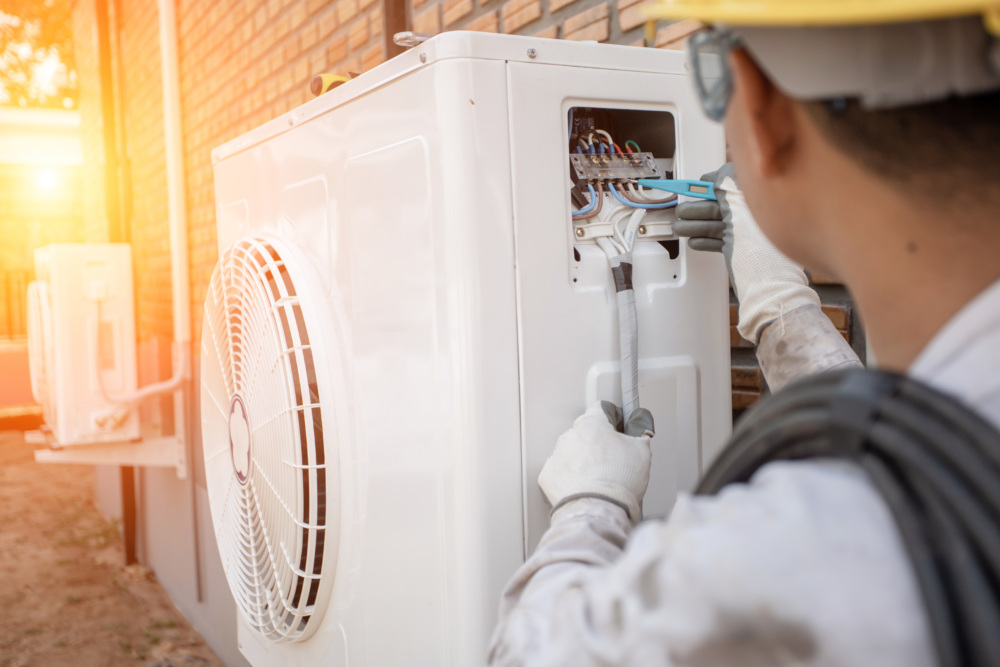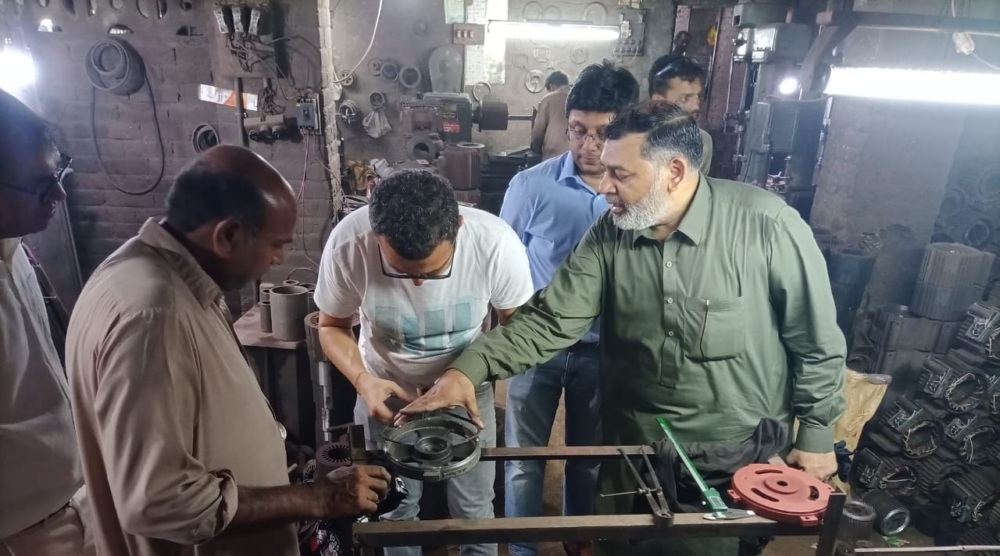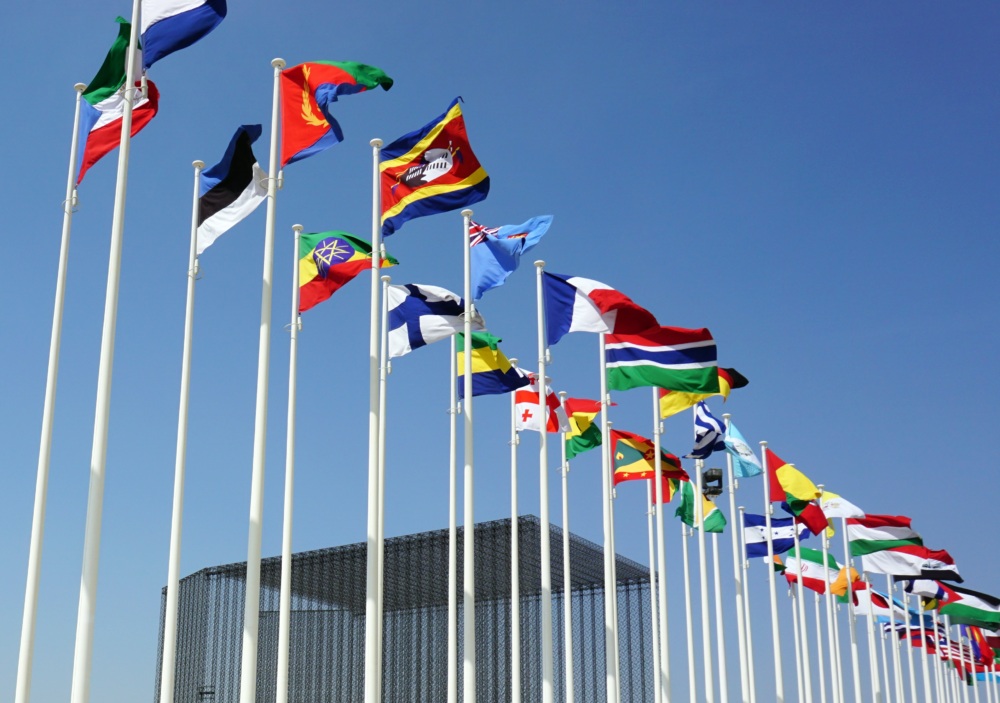Appliances Get Smart
This study reviews various definitions of “smartness” and smart appliance standardisation progress in various countries, as well as identifies policy opportunities, potential challenges, and strategic possibilities for accelerated market introduction and adoption.
Smart appliances are one of the emerging technology developments in the appliance field. Limited research has been done to identify policy opportunities, potential challenges, and strategic possibilities for accelerated market introduction and adoption.
To this end, CLASP and George Wilkenfeld and Associates conducted an analysis of smart appliances that reviews different types of appliance “smartness” and outlines current and future implications of smart appliances on appliance energy efficiency policy. The study, Appliances get Smart, enables advanced planning for policy adoption for this new class of technologies.
“Smart” is one of the most over-used marketing terms of our times. Many claim that particular appliances are smart, but there is no single, accepted definition of a smart appliance. Some use the term smart for any appliance with a wider range of settings or options than its competitors, or with touch controls and digital displays. The term is also used for appliances that can provide better services or operate more cost-efficiently based on electricity pricing structures.
This study reviews various definitions of “smartness” and smart appliance standardisation progress in Australia, China, Europe, Japan, New Zealand and the US, which have implemented or are in process of developing test standards for smart appliances. The study indicates that the progress in US, Australia/New Zealand, and Japan is more advanced. Although these economies use different technical and policy approaches, they share a critical principle – definitions of smartness”that are specific, testable, and legally enforceable.
The study suggests that having a single common standard for smart appliances may not be realistic, given the diversity of approaches and requirements globally. The best achievable objective will be a set of standards that are limited in number and linked by common technical requirements, such as communication capabilities or smart meters.

